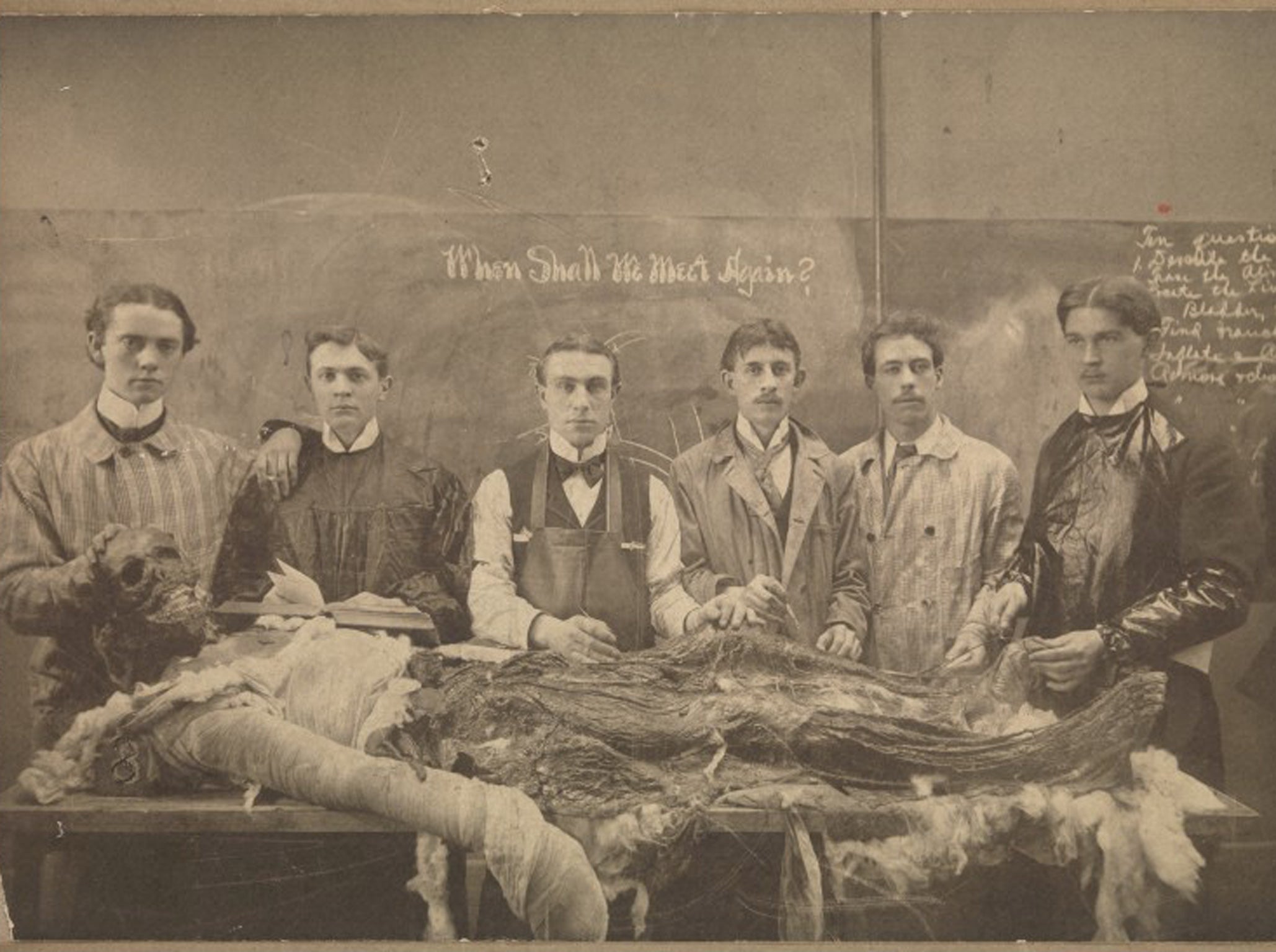IoS exhibition review: Death: A Self-portrait, Wellcome Collection, London
A morbid obsession with the Grim Reaper: humorous, political and erotic

What is there to say about death? We know it will happen, like taxes, but we prefer not to think about it till we have to. But not Richard Harris. He's a former art dealer from Chicago who has spent the past 12 years collecting objects related to death. It began with a Dutch still life of a skull and blossomed into a collection of 2,000 objects ranging across all cultures and periods, all pegged to his one big theme.
Some of the collection was shown in Chicago earlier this year, in what sounded like a vast Addams Family orgy of skulls and coffins. The Wellcome Collection's show is more restrained: 300 objects divided between five themed rooms.
We begin with Contemplating Death, where a 1650 oil painting by Miradori, of a fleshy pink putto sprawling over a skull, hints at an eroticism linked with death. A photograph by the contemporary American artist John O'Reilly satirising the traditional "vanitas" still life includes the artist's dangling penis as part of its tableau.
The comedy of death is explored in a second room. Skeletons have always seemed faintly absurd, figures from the fairground ghost train, and they certainly look funny in a delicately executed woodblock by Walter Saner from 1925. Perhaps it's the grins. But they can also be made to look terrifying: two wooden, 18th-century Tibetan dancing skeletons, called chitipati, would have given the younger me nightmares for weeks.
There is more humour in a circa 1900 photograph of six medical students standing by a partially dissected cadaver – they're dressed for a Thames boating party, not the lab. Further sepia snaps of students posing with skeletons in classrooms reflect a human tendency to make light of death. One, in which a group of women peer at a skull, is, say the notes, the best summary of Harris's own morbid interest. Quite why he is so taken with the subject is never made clear: it seems he simply wanted to start a conversation.
Still, there's plenty to marvel at, such as the Calavera, a large and intricate plasticine sculpture by the Argentinian Mondongo collective. Symbols of western capitalism, such as banks, are stacked on top of symbols of South American struggle, such as shanty towns, and the whole is swooshed into the shape a skull. Modelled in plasticine, it oozes with political meaning.
Some older artefacts are hard to appreciate in the way they were when made, because the iconography has been hijacked by the Goth movement. So, a cabinet of 19th-century ex libris bookplates, featuring skulls and Grim Reapers, looks like the bumpf from a Guns 'n' Roses tour. Harris clearly wants us to engage with death in a way we normally wouldn't, but the motifs are so repetitive that the selection becomes a celebration of iconography rather than an exploration of the unknown.
In truth, death permeates all art because, as in life, it's always with us. As it is with science: what else is the Wellcome Trust about, if not funding ways of ameliorating and prolonging human life? The trouble with putting death centre stage is that you're left with no backdrop. An ideal treatment of the theme might include the tomb of Tutankhamen, the Pantheon in Paris and half the contents of the National Gallery. Since that would be a logistical impossibility, perhaps death is better left in the shadows.
To 24 Feb 2013 (020-7611 2222)
Subscribe to Independent Premium to bookmark this article
Want to bookmark your favourite articles and stories to read or reference later? Start your Independent Premium subscription today.

Join our commenting forum
Join thought-provoking conversations, follow other Independent readers and see their replies